
🧠 A Neurosurgeon Says Your Legs Could Predict Dementia Years Before Memory Loss
🧠 A Neurosurgeon Says Your Legs Could Predict Dementia Years Before Memory Loss
What if the secret to protecting your mind from dementia isn’t hidden in puzzles, brain-training apps, or complicated diets—but in your legs?
It sounds surprising, but a growing body of science—and one leading neurosurgeon—suggests that the first signs of cognitive decline may start several feet below your head. According to Dr. Arun L. Naik, a renowned neurosurgeon, “Dementia may start in your legs, not your brain.”
That statement might just redefine how we think about aging, memory, and mental sharpness. The key isn’t only in exercising your brain—it’s in keeping your legs strong and active, because your lower body is far more connected to your brain than most people realize.
This revelation offers hope. It means the fight against cognitive decline may be much more accessible—and simpler—than we thought.

🔑 Key Takeaways
-
Weak Legs, Weaker Brain: Muscle loss (sarcopenia), especially in the legs, is strongly linked to higher dementia risk.
-
The BDNF Connection: Active leg muscles release Brain-Derived Neurotrophic Factor (BDNF)—a growth protein that keeps your brain youthful.
-
Walking = Brain Workout: Every step activates multiple brain regions, improving blood flow, coordination, and mental clarity.
-
Your Gait Is a Warning Signal: Slower walking speed or poor balance may appear years before memory loss begins.
-
You Can Reverse the Trend: Simple habits—like brisk walking and leg-strength exercises—can drastically lower your dementia risk.
1. The Hidden Link: How Weak Legs Threaten a Strong Mind
When we picture aging, we often think of wrinkles, gray hair, or maybe a slower memory. But the real threat to long-term brain health starts in your muscles, not your mind.
This process is called sarcopenia—the gradual loss of muscle mass and function that often begins in your 40s and accelerates after 50. It tends to hit the legs first, which is why getting up from a chair, climbing stairs, or walking quickly becomes harder with age.
Dr. Naik warns this decline isn’t just physical—it’s neurological. Research shows that as leg strength fades, so does the brain’s ability to process information and store memories.
Why? Because muscles don’t just move us—they talk to our brains. They release chemical messengers called myokines, which influence brain cell growth, inflammation, and circulation. When those powerful leg muscles go unused, this crucial communication line weakens, leaving the brain undernourished and vulnerable.
2. BDNF: Your Brain’s ‘Miracle-Gro,’ Grown by Your Legs
Imagine a natural fertilizer that helps your brain grow new neurons, strengthen connections, and preserve memories. That’s BDNF—Brain-Derived Neurotrophic Factor.
Often nicknamed “Miracle-Gro for the brain,” BDNF is essential for keeping your neurons healthy and flexible. The higher your BDNF levels, the better your memory, focus, and learning capacity.
The easiest way to boost it? Move your legs.
When you perform activities like brisk walking, cycling, or squats, your leg muscles send powerful signals to your nervous system to produce more BDNF. This protein then travels to the hippocampus—the brain’s memory hub—where it fuels the growth of new brain cells and strengthens existing networks.
Every step, lunge, or squat becomes a direct investment in mental longevity. It’s not an exaggeration: movement literally grows your brain.
3. Walking: The Most Underrated Brain Workout
“Walking is not just a physical task,” Dr. Naik explains. “It’s a full-brain workout.”
Each step you take activates a complex orchestra of brain regions:
-
Your frontal lobe plans your route.
-
Your cerebellum fine-tunes balance and coordination.
-
Your spinal cord transmits instant feedback between your brain and muscles.
-
And your proprioceptive system—the sensors in your joints and feet—tell your brain exactly where your body is in space.
In other words, walking requires constant problem-solving, balance, and sensory feedback. That makes it one of the most powerful forms of cognitive exercise we have—and it’s completely free.
4. Your Gait: The Body’s Crystal Ball for Brain Health
Your walk reveals more than you think. Scientists now use gait speed—how fast and steadily you walk—as a reliable predictor of dementia risk.
A 2018 meta-analysis published in the Journal of Neurology, Neurosurgery & Psychiatry found that slower walking speed strongly predicted future cognitive decline. In some cases, these gait changes showed up years before memory loss or confusion became noticeable.
What’s happening? Subtle neurological changes—like reduced brain volume or damage to white matter—can quietly alter movement patterns long before they affect memory or thinking.
So if you or someone you love notices a persistent slowdown in walking speed or increased balance issues, don’t dismiss it as “just aging.” It might be your body’s early warning system for the brain.
5. Your Action Plan: 5 Simple Ways to Build a Dementia-Resistant Brain
Dr. Naik emphasizes that prevention is not complicated. “You don’t need a gym membership or fancy equipment—just consistent movement,” he says.
Here’s how to get started:
1. Walk Briskly, Every Day
Make a 30-minute brisk walk a daily habit. “Brisk” means your heart rate is elevated—you can talk, but not sing. This intensity optimizes blood flow and triggers BDNF production.
2. Train Your Balance
Balance exercises are essential as you age. Try standing on one leg for 30 seconds while brushing your teeth, or do heel-to-toe walks as if walking a tightrope. These exercises engage deep stabilizing muscles that keep your brain’s coordination centers sharp.
3. Practice Dual-Task Walking
Turn your walk into brain training by multitasking. Count backward, recite poetry, or talk with a friend as you walk. This strengthens executive function and attention—skills that often fade early in dementia.
4. Do Strength Moves Twice a Week
Dr. Naik calls muscle “cognitive insurance.” Twice a week, do simple leg-focused exercises like squats (use a chair if needed), lunges, or calf raises. Strong muscles mean stronger blood flow and more chemical signaling to your brain.
5. Break Up Long Sitting Sessions
Sitting too long slows circulation and reduces BDNF. Set a timer to stand, stretch, or walk for a few minutes every hour. Even short movement breaks keep your muscles active and your brain oxygenated.
6. It’s Never Too Late to Take the First Step
If you’re in your 50s, 60s, or even 70s, you might wonder: Is it too late to make a difference?
Science says absolutely not.
Studies show that starting regular exercise in your 60s or later can still reduce dementia risk by up to 40%. Your brain retains the ability to grow new neural connections—a phenomenon called neuroplasticity—for your entire life.
Each time you move your legs, you activate the biological systems that keep your brain young: blood flow, oxygen delivery, and BDNF production.
It’s never about perfection—it’s about consistency. Even a slow daily walk can be a turning point for your brain health.
🧩 The Bottom Line: Strong Legs, Sharp Mind
The old belief that physical health and mental health are separate is outdated. They are two sides of the same coin.
By strengthening your legs, you’re doing far more than improving mobility—you’re actively protecting your memory, your independence, and your identity.
So start where you are. Take that first walk. Build your balance. Reclaim your strength.
Because when you protect your gait,
you’re also protecting your grey matter.
📚 Sources
-
Quan, M. et al. (2018). Gait speed and the risk of dementia and cognitive decline: a meta-analysis of prospective cohort studies. Journal of Neurology, Neurosurgery & Psychiatry, 89(11), 1184–1191.
-
Steves, C. J. et al. (2016). Leg power predicts cognitive ageing after 10 years in older female twins. Gerontology, 62(2), 138–149.
-
Cheng, J. et al. (2022). Sarcopenia and cognitive impairment in elderly people: A systematic review and meta-analysis. Journal of Cachexia, Sarcopenia and Muscle, 13(4), 1947–1960.
-
Miranda, M. et al. (2019). The role of exercise-induced BDNF in dependent memory. Brain Plasticity, 5(1), 1–15.
News in the same category


The B Vitamin Solution: How to Lower Blood Pressure When Medications Fail
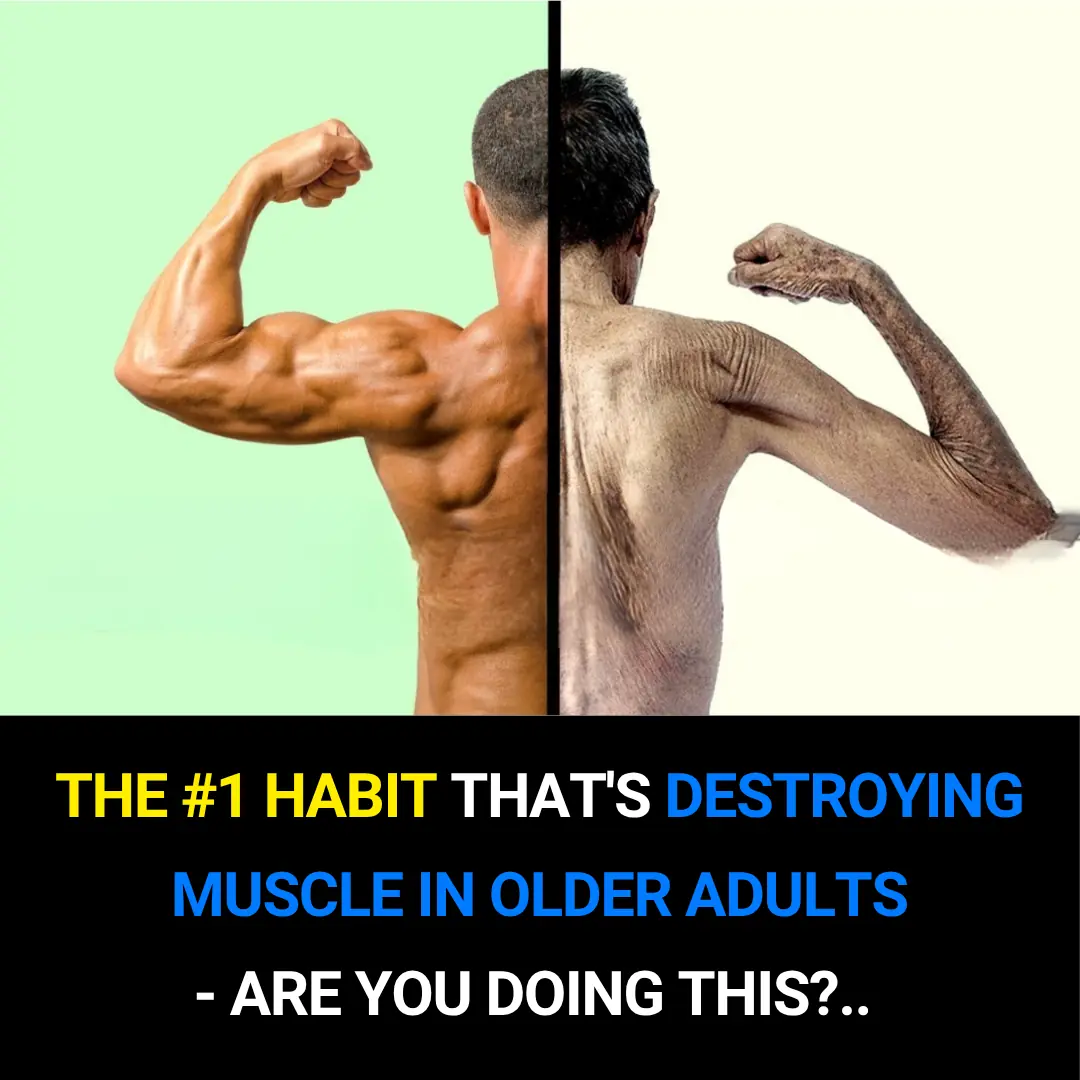
The #1 Habit That’s Quietly Destroying Muscle in Older Adults — Are You Guilty of This?

3 Warning Signs That Appear Days Before a Stroke Everyone Should Know to Prevent It

9 Hidden Causes of Bloating (And the Science-Backed Fixes)

5 Common Habits That Are Secretly Harming Your Heart You Probably Didn’t Know

Eat cloves every day, but avoid this common mistake!
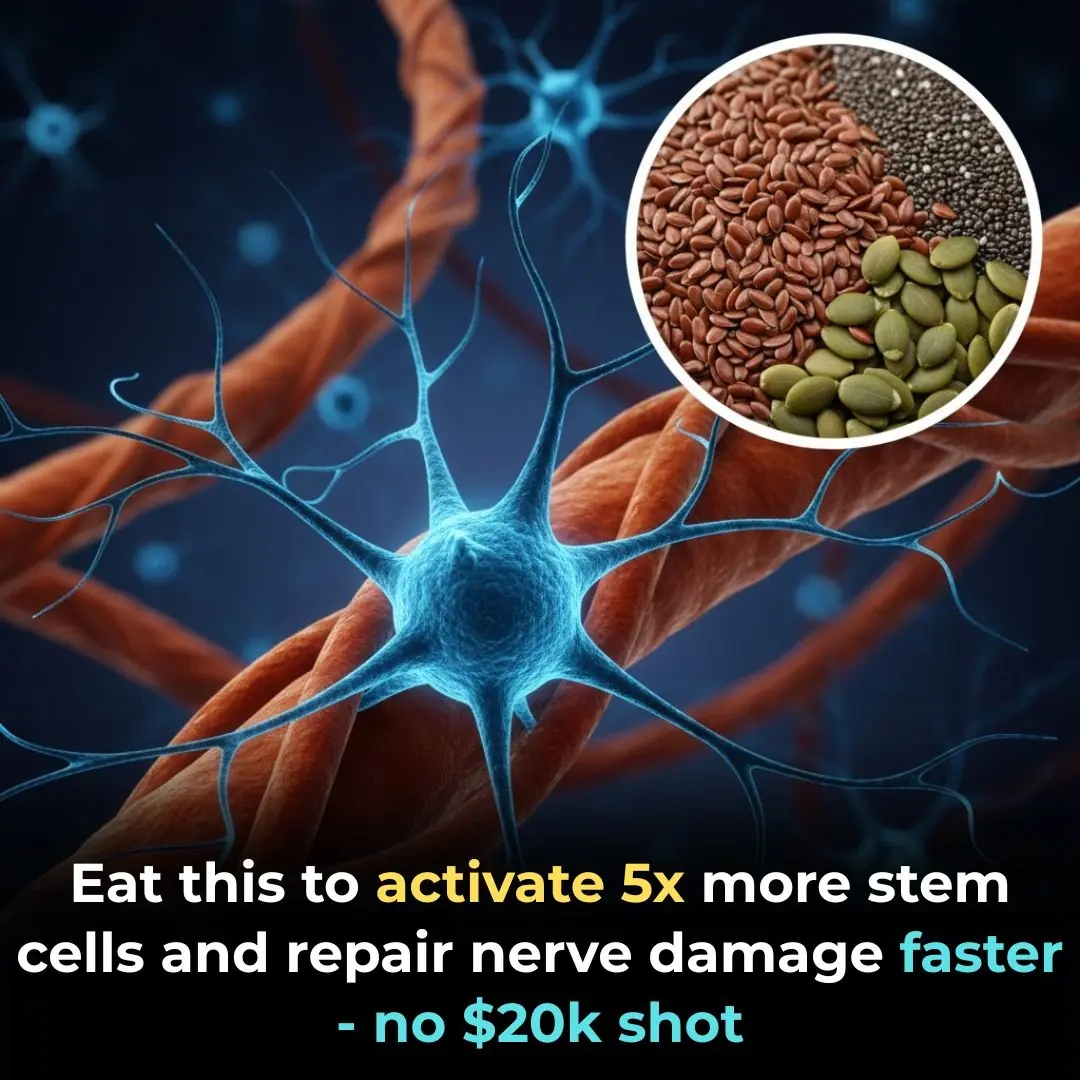
Eat this to activate 5x more stem cells and repair nerve damage faster — no $20k shot
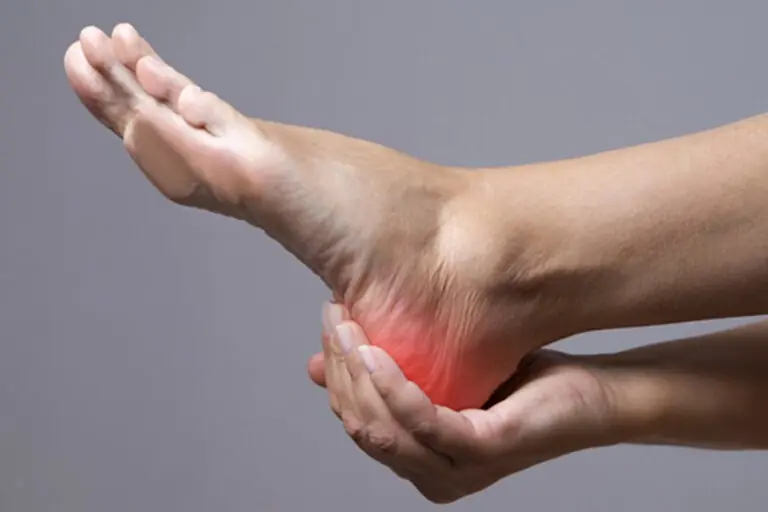
YOUR FEET ARE A 'BLOOD SUGAR METER' BEWARE OF DIABETES IF YOU FREQUENTLY EXPERIENCE THESE 12 SYMPTOMS
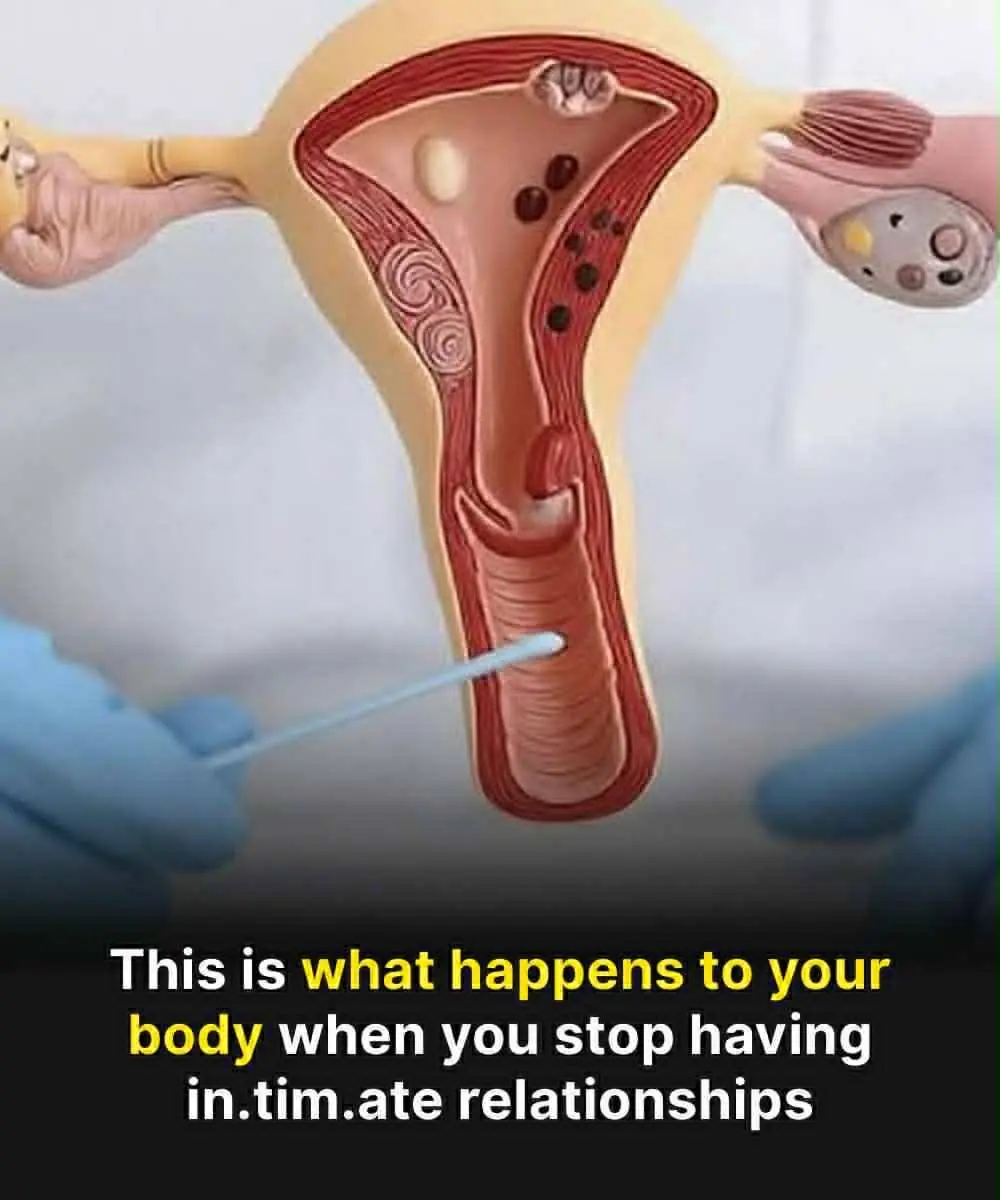
The Hidden Consequences of a S*xless Life

Keeping these 4 things on your bedside table can easily cause insomnia and hair loss

Take lemon and garlic on an empty stomach for 7 days — unclog your arteries

Put these two under your tongue to stop inflammation fast

Eat cloves every day, but avoid this common mistake!

Powerful Natural Blend for Men Over 40: Restore Strength and Vitality Naturally

Castor Oil After 50: Here’s What Happens After 7 Days of Use! 🌿✨

Unlock the Secret Benefits of Olive Oil 🌿✨

Mix One Ingredient With Orange Juice To Flush Toxic Buildup From The Lungs

Nine-Year Study Finally Clarifies the Link Between Sugar and Cancer
News Post

Strictly star George Clarke opens up on ‘scary’ paparazzi incident with famous girlfriend: ‘Why is this relevant?’

Traitors star calls out Joe Marler’s ‘rule break’ in show finale: ‘It’s not really within the rules to do that’

Your oven hood filter is a greasy mess. Effortlessly get it clean like new again

7 Best Foods to Rebuild Your Muscle Strength After 50

The B Vitamin Solution: How to Lower Blood Pressure When Medications Fail

The #1 Habit That’s Quietly Destroying Muscle in Older Adults — Are You Guilty of This?

The secret to longevity after 50: 'Golden' foods for good health

‘Pause That Lil Interview’: Carmelo Anthony’s Behavior During Son Kiyan’s Postgame Session Has Fans Calling Out His ‘Drunk Dad’ Energy

Hannah Ferguson Is The Proud Owner Of The First Black Woman-Owned Cidery In Ohio

Here’s Why We Should Talk About Aunt Polly Jackson More Often
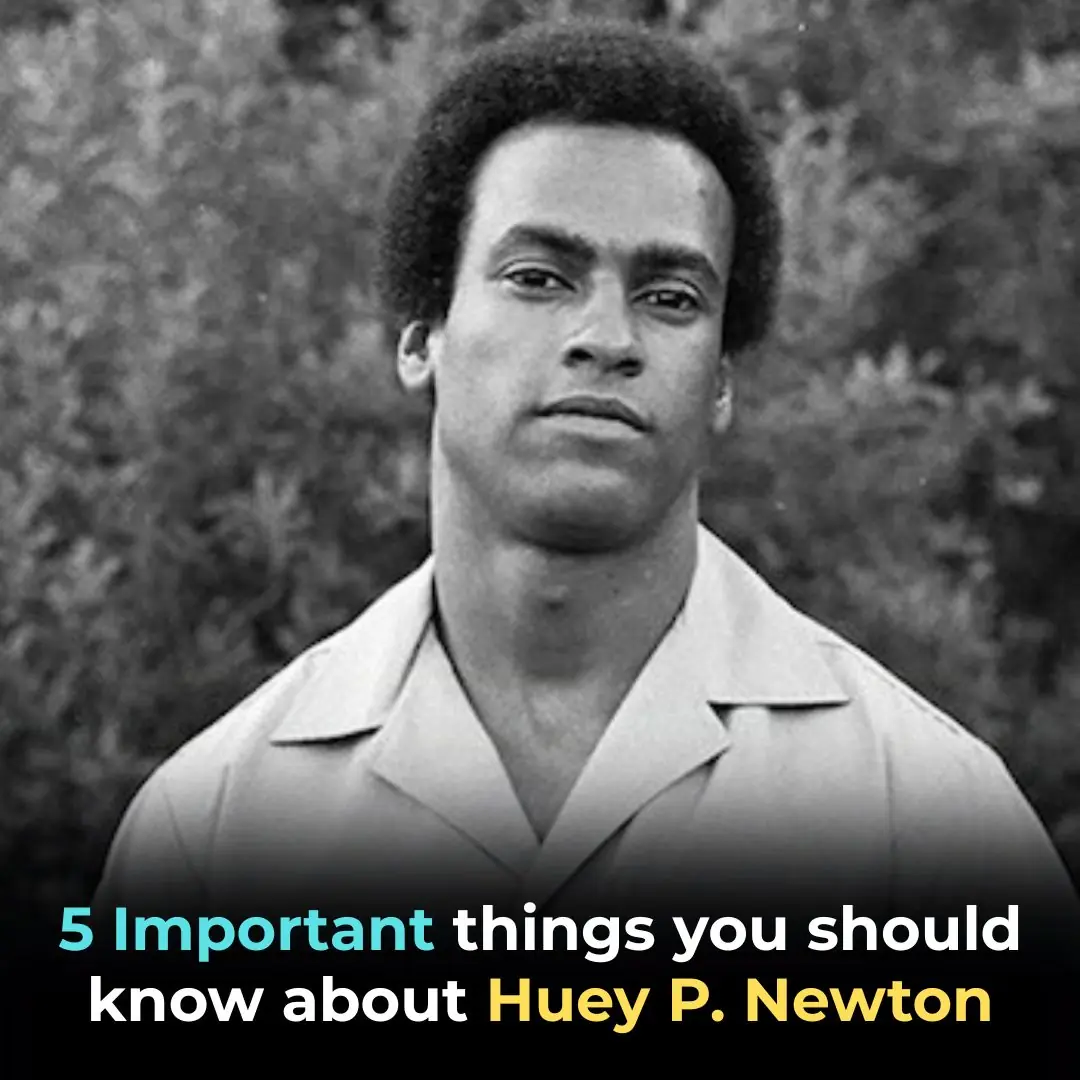
5 Important Things You Should Know About Huey P. Newton

Meet Mary Lumpkin, The Enslaved Woman Who Transformed A Slave Jail Into An HBCU

‘Six Triple Eight’ Veteran Millie Dunn Veasey Posthumously Honored With Raleigh Post Office Renaming

‘Sun Ra Arkestra’ Jazz Musician Marshall Allen to Release Debut Solo Album at 100 Years Old

3 Warning Signs That Appear Days Before a Stroke Everyone Should Know to Prevent It

9 Hidden Causes of Bloating (And the Science-Backed Fixes)

Melania Trump's outfit choice when meeting Kate Middleton and Prince William has everyone saying the same thing

5 Common Habits That Are Secretly Harming Your Heart You Probably Didn’t Know
